Making bubbles!
Have you ever blow through your straw to make bubbles in your drink? Notice how the bubbles burst and do not stay. This is because the air you blew under the water disrupted the surface tension of the water and burst the bubble. Surface tension is a force in the surface of a liquid that keeps the molecules together. If you disrupt the surface of a liquid that force is no longer as strong and you change the surface tension. When we add soap to water, the surface tension of water is reduced and bubbles are able to be formed. In this activity we will change the surface tension of water with soap and create bubbles.
Materials:
- 6 cups water
- 1/2 cup blue Dawn dish detergent
- 1 tablespoon of glycerin
- A container big enough to make the bubble mix
- Bubble wand: tie cotton ropes in a triangle and tie it to two sticks.
Preparation:
- Mix the water, dish detergent and glycerin together.
- Dip the bubble wand into the soap mix.
- Lift the wand and run a bit to make bubbles.
What happened?
When soap is added to water, it lowers its surface tension allowing bubbles to form.
Concepts to review:
- surface tension
Explore:
- Try making wands of different sizes. Are the bubbles bigger or smaller?
- What happens if you add less water? Are the bubbles easier to make?
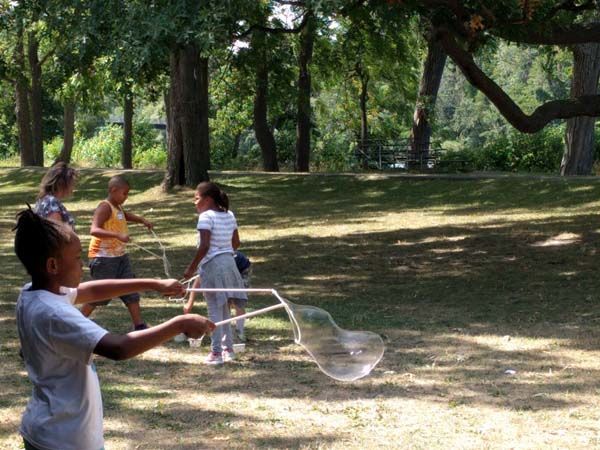
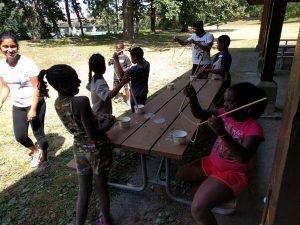
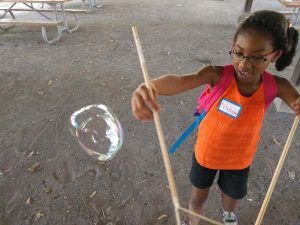
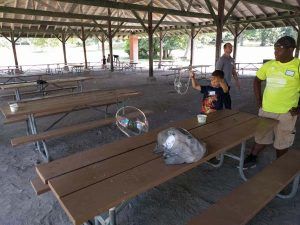
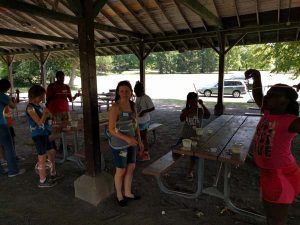

wb37y0